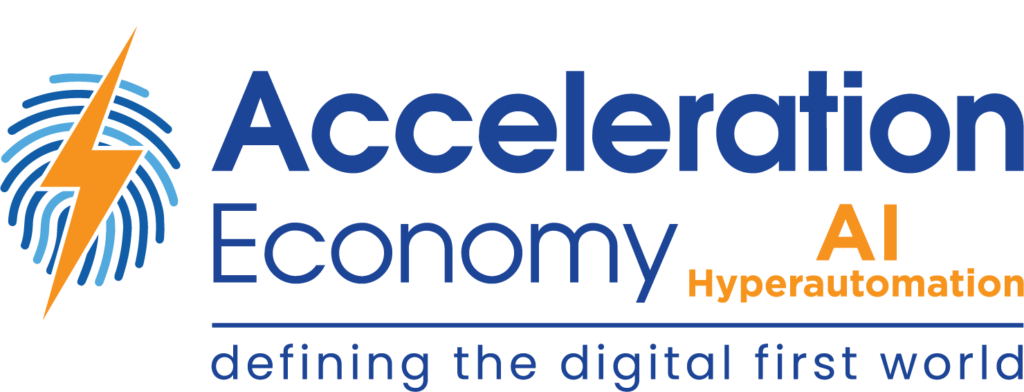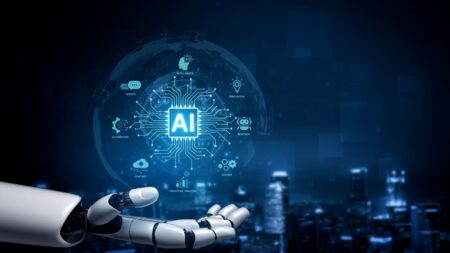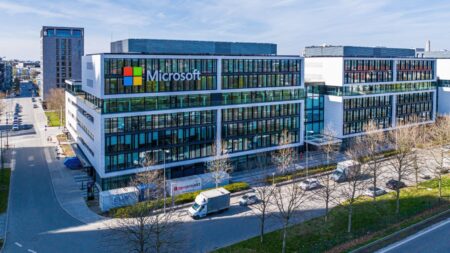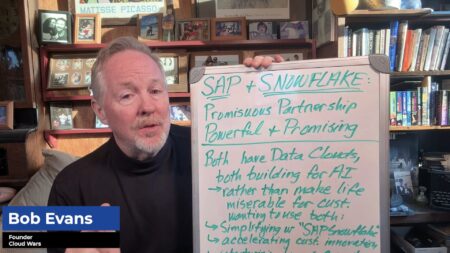In this Hyperautomation interview, Toni Witt speaks with Misa Ilkechi, co-founder of startup Formic, a robotics-as-a-service automation provider. The two discuss the why and how of automation and robotics, the impact both have on the manufacturing industry, and what the future of automation will be.
Highlights
00:25 — Formic provides automation and robotics-as-a-service to manufacturing companies for a subscription fee. Many small and medium-sized manufacturing companies are short-staffed, due to all the restoration problems related to the supply chain disruption caused by the pandemic. Many manufacturers are new to automation; there are many complexities that go into identifying the right solutions. Formic provides these automation solutions through a subscription model. Manufacturers come to Formic and explain their problems, then the company identifies, designs, builds, and implements automation solutions that fit the needs of the manufacturing company.
02:20 — As it relates to automation, Ilkechi says there are two metaphors that he likes to use: the airline metaphor and the software metaphor. Automation is comparable to airline travel because airline companies essentially do all the work for the person who is interested in traveling — building planes, training operators, developing ticketing systems — so that the traveler can get from point A to point B without having to do everything themselves. Additionally, software is similar to automation, especially in the early 2000s when Salesforce introduced its SaaS business, which enabled the massive rise of software adoption that’s still notable today. The work Formic is doing is related to both of these examples, as the company provides solutions for manufacturers that can take advantage of the outputs of Formic’s solutions in a reliable and consistent way.
05:05 — What led Ilkechi to launch Formic? Ilkechi is an engineer by trade. Over five years ago, he began working for a company called Universal Robots, which designed an easy-to-train collaborative robot. Many manufacturers took a liking to the product, leading Ilkechi to become aware of the need for automation and robotics in the industry. As manufacturers began to experience labor shortages and challenges, Ilkechi worked to create a model that would enable the manufacturing industry to adopt a similar automated robotic solution. In 2019, when he had the idea, he joined forces with the other co-founder, who had a background in artificial intelligence (AI).
11:43 — Is the main challenge in adopting technology to automate the manufacturing industry essentially a business challenge? Ilkechi says it is certainly a business challenge as well as a process challenge. It is a business challenge to acquire the technologies that automation and robotics require. Further, it can pose a greater challenge when it comes to implementing them, especially if the work requires dexterity, like cutting wires or assembling cables. The idea is to first automate the processes that can be automated — which is about a 50/50 split — before going after the complicated, trivial tasks that cannot necessarily be automated yet.
14:28 — How are people thinking about automation and has that changed over time? Manufacturing is not easy. Ilkechi sympathizes with manufacturers dealing with price increases and labor costs during a time when customers want price reductions. The way that Formic offers automation services is seen by manufacturers as the “least risky proposition” of introducing automation to their production floor. Manufacturing is a very old industry with an aging workforce, so the mindset toward adopting modern solutions is still a bit rigid.
17:04 — How have Formic’s services impacted its customers and why should people pay attention to the power of automation? 2021 was the year that had the highest installation rate of robotics in North America and the United States — it was only about 30,000 robots. At the same time, there are more than 1 million job vacancies in the United States, the highest percentage of them in manufacturing; that number is expected to be 4 million by 2028. This paints the picture of why robotics and automation are necessary now more than ever, as they fill in many of these vacant positions. Last year, China bought more robots than all of the other countries combined, successfully implementing them at a faster rate. The demand for products that are being used and consumed only continues to rise, emphasizing the need for greater adoption of automation.
20:23 — Has Covid impacted the business at all? Ilkechi reports that it has. As Covid impacted the job market, many left the manufacturing industry to find less physically-demanding jobs, which further created the need for robotics and automation. He explains how the pandemic influenced people to adopt a positive mindset towards robotics and automation, especially as it relates to highly technical and laborious work.
21:40 — Toni asks Ilkechi if he thinks there will be a point in time when robots begin to pull jobs away from humans. Ilkechi believes there will likely be a point in time when that happens, but thinks the world is still in too early of a stage for that to be the reality. He compares this to the agriculture industry, which used to be made up of 50% of the population in the early 1900s. Now, only 2% of the workforce consists of farmers, and more food is being produced than ever before, thanks to automated agriculture. He predicts the rest of the world will follow the same pattern, with more people doing less “mind-numbing work.” In essence, he says it is too much of a premature idea to be worried about now.
25:02 — What is the future of automation? Ilkechi predicts that AI will enhance the ability to implement automation and robotics by reducing the amount of programming that is currently required, enabling humans to do more with the technologies. For the next 20 years, Ilkechi suggests that robots will still be “big robots behind cages doing tasks.” The next leap for automation and robots is developing hand-eye coordination that will enable them to be more precise and act more similarly to humans.
Looking for real-world insights into artificial intelligence and hyperautomation? Subscribe to the AI and Hyperautomation channel:











